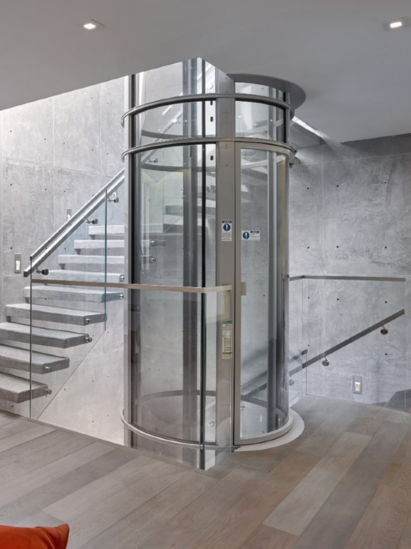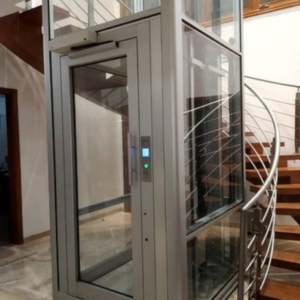Cost of Elevator Installation in Home
Installing an elevator in a home involves planning, structural modifications, and professional installation. The cost depends on factors like the type of elevator, space requirements, and labor charges. Structural changes may be needed for shaft construction. Regular maintenance ensures longevity and safety, making professional installation essential for smooth operation.
Product Description
Installing an elevator in a home significantly improves mobility, convenience, and property value. Many homeowners install elevators to assist elderly or disabled family members, add luxury, or enhance accessibility in multi-story homes. The installation cost depends on factors such as the elevator type, structural modifications, complexity, and maintenance requirements.
Types of Home Elevators
Home elevators come in various types, each with unique features and installation needs. Traction elevators use steel ropes and counterweights to provide smooth and efficient movement. Hydraulic elevators rely on fluid-driven pistons, making them ideal for low-rise buildings. Pneumatic elevators operate through air pressure, offering a compact design that requires minimal modifications. Machine-room-less elevators save space by eliminating the need for a separate machine room. The choice of elevator affects installation requirements and overall complexity.
Installation Process
The installation process begins with site assessment and planning. Engineers and contractors evaluate available space and determine the best location for the elevator shaft. In homes without a pre-designed elevator space, structural modifications may be necessary. The process includes setting up the shaft, installing guide rails, assembling the elevator, and integrating safety systems. Installing an elevator in a newly constructed home is usually simpler than retrofitting one into an existing structure.
Structural Modifications
One of the most critical aspects of home elevator installation involves modifying the home’s structure. If the house lacks an existing shaft, contractors may need to remove walls or create additional space. While pneumatic elevators require minimal structural changes, traditional traction and hydraulic systems often need dedicated shafts and machine rooms. The extent of modifications directly impacts installation time and complexity.
Labor and Engineering Considerations
Professional installation ensures safety, efficiency, and compliance with building regulations. Engineers, electricians, and construction workers contribute to the installation process. Skilled technicians assemble and program the system, test safety mechanisms, and integrate power connections. The cost of labor depends on expertise, location, and project complexity.
Maintenance and Long-Term Considerations
Once installed, an elevator requires regular maintenance for smooth and safe operation. Routine inspections, lubrication, and component replacements prevent mechanical failures and extend its lifespan. Hydraulic elevators need periodic fluid checks, while traction elevators require regular rope and motor inspections. Factoring in long-term maintenance is essential when installing a home elevator.













Reviews
There are no reviews yet.